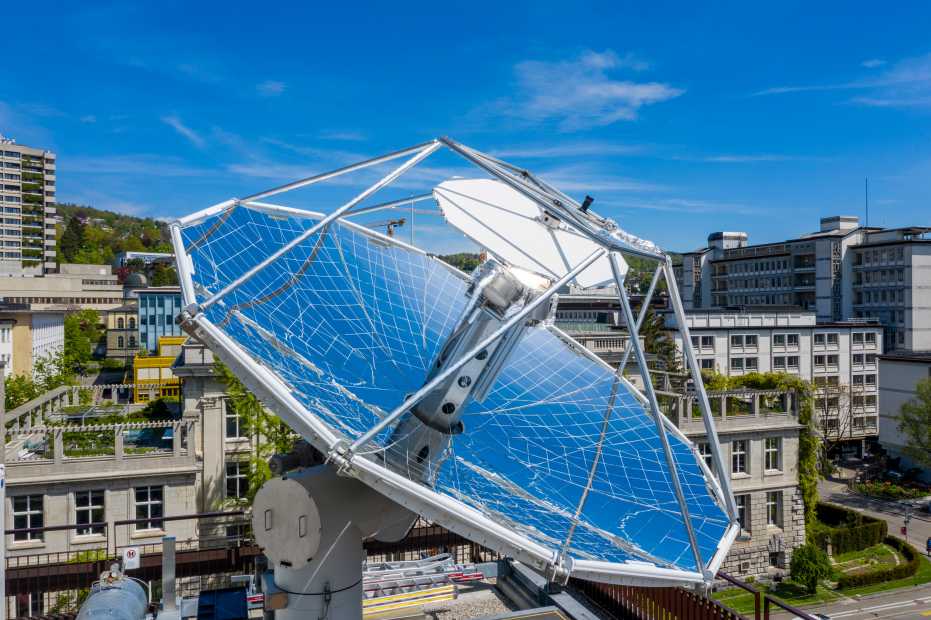
Experts agree that everyone on our planet needs to reduce their emissions below the sustainable limit in order to curb man made climate change. But we all know this will be a mammoth task without huge financial input. And it will take time.
Changing an infrastructure reliant on fossil fuels to cleaner sources is one of the key challenges. But what if in the meantime we could keep fossil fuels in the ground and use the excessive carbon already in our atmosphere to fuel our combustion engines?
German researchers have used sunlight to convert carbon dioxide (CO2) and water (H2O) to produce kerosene. By concentrating solar energy to synthesize liquid hydrocarbon fuel from water and air, researchers from the ETH Zurich have the potential to revolutionize the industry by capturing existing emissions from fossil fueled combustion and repurposing for secondary use that would cut CO2 emissions by 90 percent. This would be a game changer for industries reliant on fossil fuels.
How does it work? CO2 and water are extracted directly from ambient air and split using solar energy. This process yields syngas, a mixture of hydrogen and carbon monoxide, which is subsequently processed into kerosene, methanol or other hydrocarbons.

By extracting as much CO2 out of the air that is released during combustion, the synthetic fuel is essentially carbon neutral. Industries completely reliant on the fuels that provide a high energy release during combustion, such as the aviation industry, would transition existing infrastructure to be sustainable.
Right now the project is still in its infancy. ETH Zurich has a solar mini-refinery on its roof that has proved the technology is feasible, currently producing half a cup of fuel per day. The next goal for the project would be to scale for production to compete with the oil producing companies.

Philipp Furler, the Director (CTO) of Synhelion has estimated that a plant a third of the size of the Mojave Desert in California could produce enough fuel to power the aviation industry. Ambitious plans, but needed to arrest the effects of man-made climate change.
The group have commenced a larger scale test in a solar tower near Madrid as part of the Sun to Liquid project. While other companies have branched out from the initial research group to continue advancing the technology.
Scientists would need to model the carbon cycle of such advancements to understand the effects of maintaining current carbon levels as well as the pollution concerns. But curbing the introduction of fossil fuels pulled from the ground is a fantastic start to our cleaner future.
These projects have been compared to growing biofuels, however removing the agricultural aspect greatly increases the efficiency.
Much like meat grown in a dish potentially removing carbon emissions from agriculture and electric cars changing the automobile industry, synthesizing fuel from sunlight and air could save the aviation and maritime sectors from carbon emission destruction. Changing lifestyles to be more sustainable is one of the biggest challenges facing the climate crisis. But science is proving that it might just be possible to continue our current way of life without destroying the planet.



